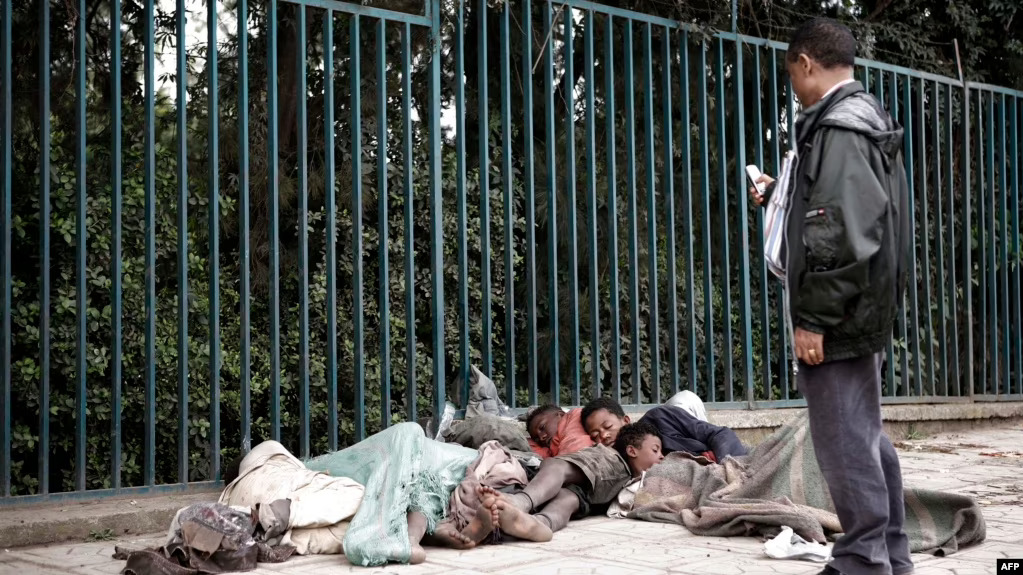
The proliferation of street children, who are abandoned, run away from home, or forced to live on the streets, has been a growing concern in Ethiopia over the years. According to various sources, the number of street children in Ethiopia is on the rise due to multifarious reasons.
In this blog post, we will delve into the factors behind the increase of street children in Ethiopia, which are so interwoven that addressing this complex issue requires a comprehensive approach.
One of the main factors contributing to the rise of street children in Ethiopia is poverty. it is so pervasive that families cannot even afford to provide basic necessities such as food, shelter, and clothing to their children. Consequently, children are compelled to abandon their homes and take to the streets, where they must fend for themselves in a world full of danger and uncertainty.
One of the factors contributing to the rise of street children in Ethiopia is family breakdown it is major contributor to the increase of street children in Ethiopia. Many of these children come from broken families where they are either abandoned by their parents or have lost one or both parents due to various reasons such as HIV/AIDS, conflicts, and natural disasters . This leaves them with no option but to resort to living on the streets, which exposes them to a plethora of risks and vulnerabilities.
Furthermore, the lack of education is another significant factor driving the rise of street children in Ethiopia. Many children are unable to attend school due to financial constraints or lack of access to education. Without education, these children are more susceptible to ending up on the streets, where they are at risk of being subjected to child labor, exploitation, and abuse (Street Child, 2021).
Another factor exacerbating the situation is urbanization, as many people migrate from rural areas to urban areas in search of better opportunities. Unfortunately, the urban areas are often overcrowded, and affordable housing is scarce, which has led to an increase in the number of street children (UNICEF, 2020). This phenomenon perpetuates a vicious cycle of homelessness and poverty.
Lastly, conflicts and displacement have forced many children to leave their homes and live on the streets. The children are often traumatized and vulnerable to various risks such as exploitation and abuse (Addis Standard, 2021). Thus, the impact of street life on children is significant, as they are vulnerable to malnutrition, disease, abuse, and exploitation, and they are more likely to engage in risky behaviors such as drug use and theft. Living on the streets also deprives children of their fundamental rights such as education, healthcare, and shelter.
In conclusion, the issue of street children in Ethiopia is multifaceted and requires a comprehensive approach to address it. Tackling the root causes of poverty, family breakdown, lack of education, urbanization, and conflict is crucial in reducing the number of street children. Governments, non-governmental organizations, and other stakeholders must work together to provide support and services to these children, enabling them to reintegrate into society and have a brighter future
Share with your friends
Established by the founder late Mrs. ALMAZASHEN in 1991 to support children abandoned by loss of their parents by fire arm explosion happened during the downfall of “Derege” regime. . The founder further expand the NGO in full recognition of the magnitude of the problem of women, children and youths in the country.